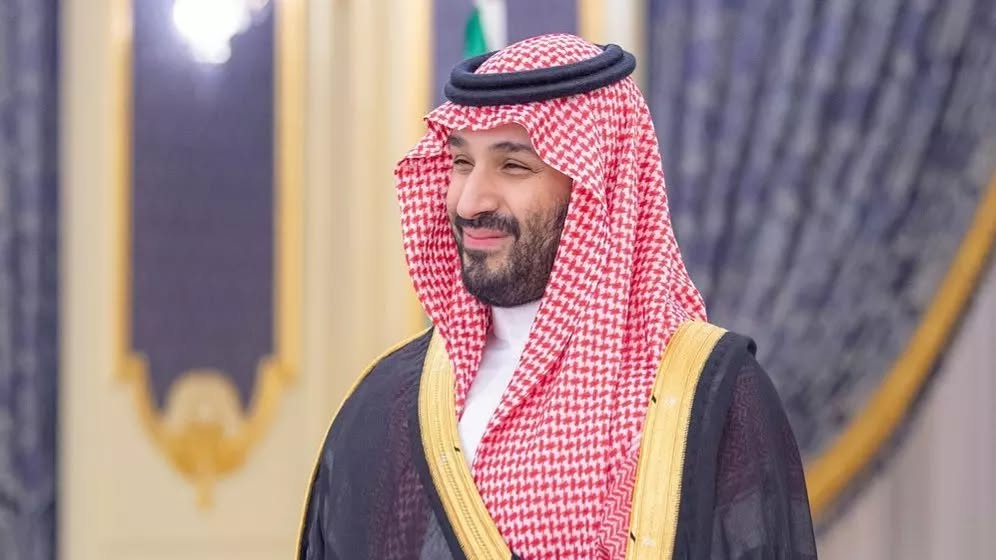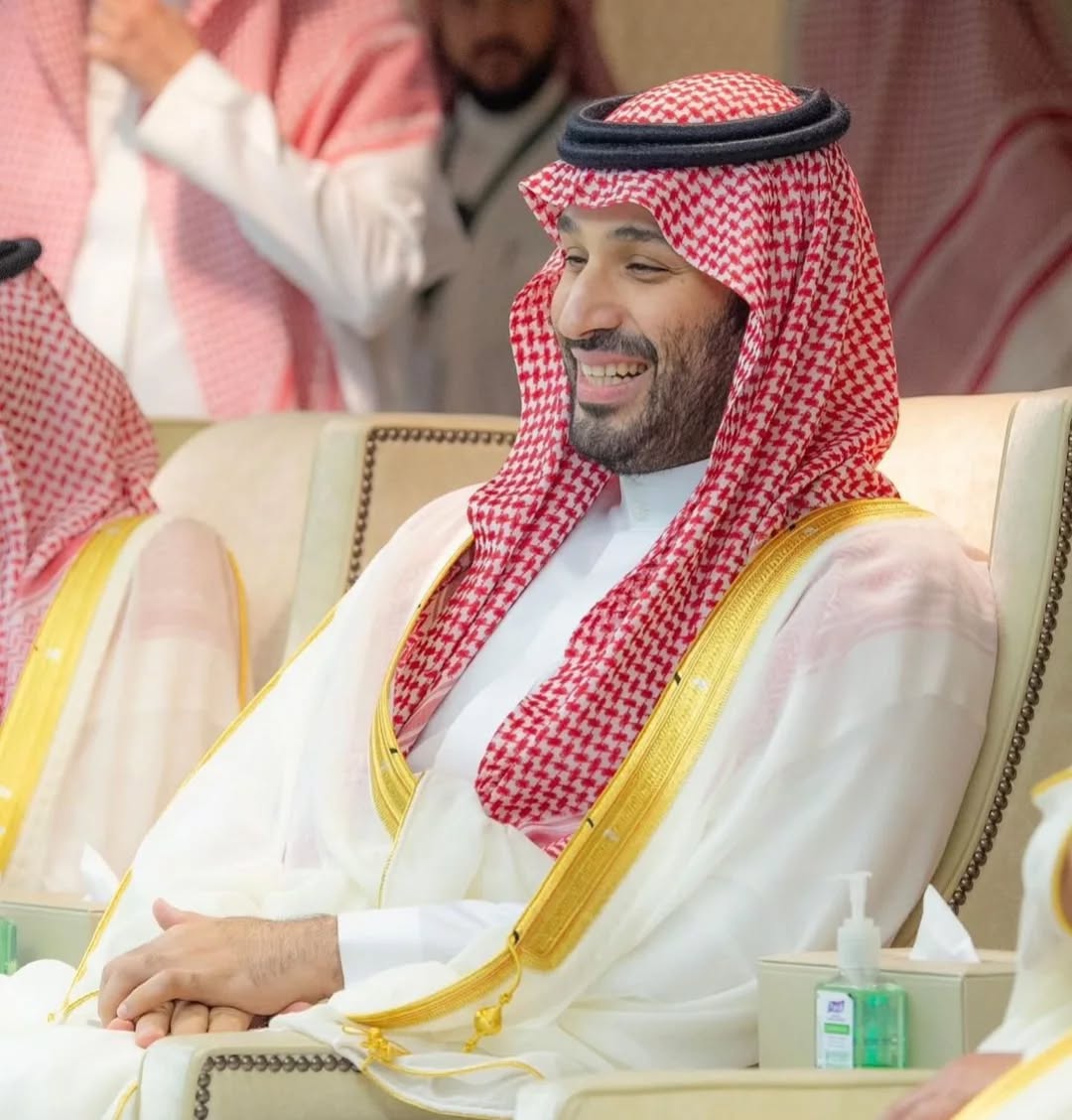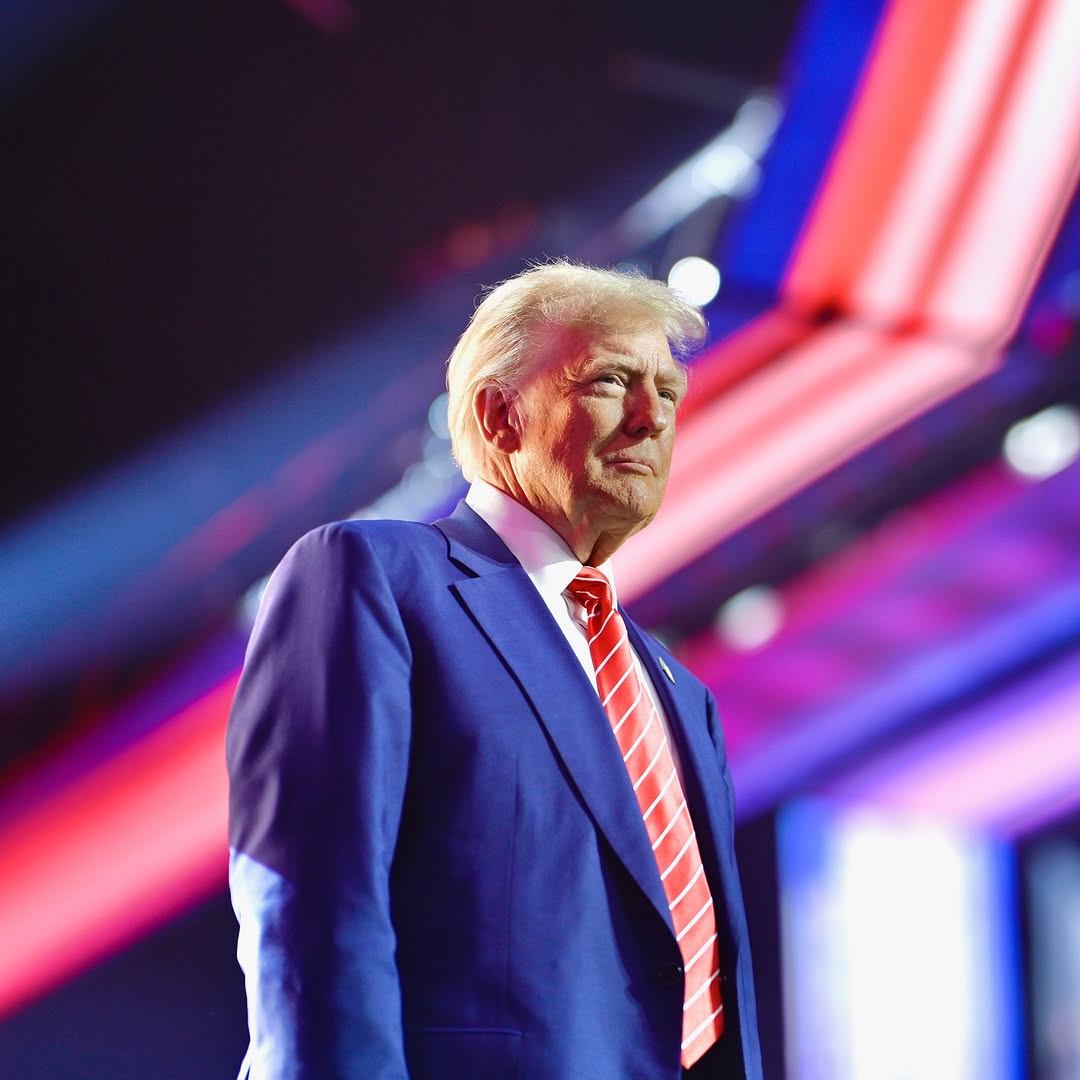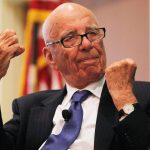Trump and Saudi Arabia Seal Historic $142 Billion Defense and Economic Deal
In a landmark move during his diplomatic visit to the Middle East, former U.S. President Donald Trump has finalized what the White House is calling "the largest defense sales agreement in history" with Saudi Arabia. Valued at nearly $142 billion (£107 billion), the deal marks a significant deepening of strategic ties between Washington and Riyadh.
The agreement was signed during a high-profile visit that included bilateral meetings between Trump and Saudi Crown Prince and Prime Minister Mohammed bin Salman. The multi-layered package involves a wide array of military, economic, and technological components, positioning the United States as a principal defense partner to the Kingdom in an increasingly volatile region.

Crown Prince Mohammed bin Salman
Five Key Areas of Military Cooperation
According to a White House press release, the arms deal spans five strategic categories:
-
Air Force Advancement and Space Capabilities – including the supply of cutting-edge aviation technology.
-
Air and Missile Defense – bolstering the Kingdom’s protection against regional threats.
-
Maritime and Coastal Security – reinforcing naval operations and infrastructure.
-
Border Security and Land Forces Modernization – upgrading ground forces and surveillance systems.
-
Information and Communication Systems – enhancing cybersecurity and military communication networks.
The deal also includes robust training and capacity-building initiatives. The U.S. will provide extensive support to Saudi military academies and medical services as part of a long-term effort to develop a more self-sufficient and professionalized Saudi defense force.
Related: Trump’s Middle East Tour: Business, Politics, or Both?
Related: Mohammed bin Salman: Saudi Arabia's Crown Prince of Influence
Expanding Beyond Defense
Beyond arms, the two nations signed several memoranda of understanding (MoUs) in other critical areas. These include:
-
Energy cooperation to ensure stable oil markets and advance renewable initiatives.
-
Joint development of mineral resource extraction and processing.
-
A Department of Justice MoU aimed at legal collaboration and anti-corruption measures.
-
Partnerships in space exploration and public health, particularly concerning infectious disease research.

Crown Prince Mohammed bin Salman
Strategic and Symbolic Significance
The deal comes on the heels of the U.S. resuming offensive weapons sales to Saudi Arabia in 2024, a move that had drawn both domestic and international scrutiny due to the Kingdom’s involvement in regional conflicts. Nonetheless, Trump praised Crown Prince Mohammed bin Salman as a "visionary leader," emphasizing the economic and security benefits of renewed U.S.-Saudi collaboration.
The signing ceremony was followed by a Saudi-U.S. Investment Forum in Riyadh, attended by business leaders, diplomats, and senior officials from both countries. Trump is also scheduled to visit Diriyah At-Turaif, a UNESCO World Heritage site, before continuing his regional tour in Qatar.

A Controversial Yet Defining Partnership
While the agreement has been lauded by proponents as a bold step to secure American defense industry jobs and project strength abroad, it has also attracted criticism over human rights concerns and the geopolitical implications of arming a nation deeply involved in regional conflicts.
Nonetheless, the historic magnitude of the deal underlines a recalibrated U.S. strategy in the Gulf, with Trump once again positioning himself as a key figure in reshaping America's foreign policy footprint in the Middle East.













